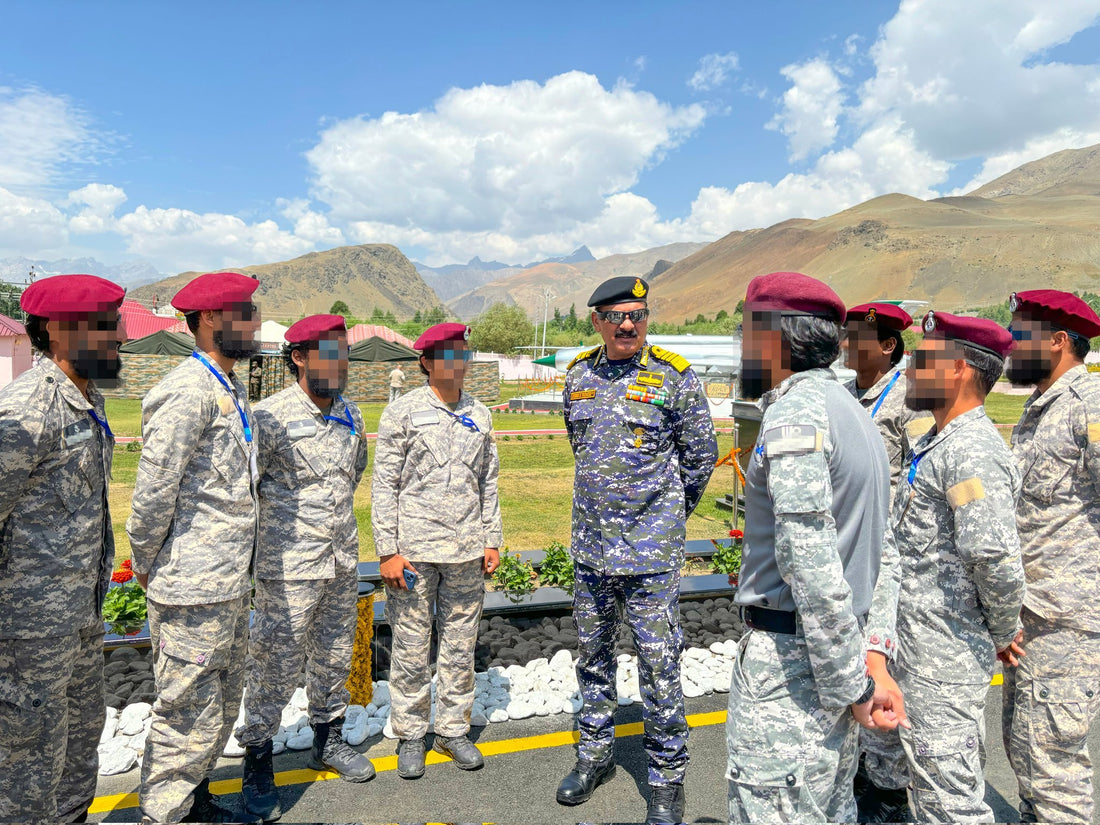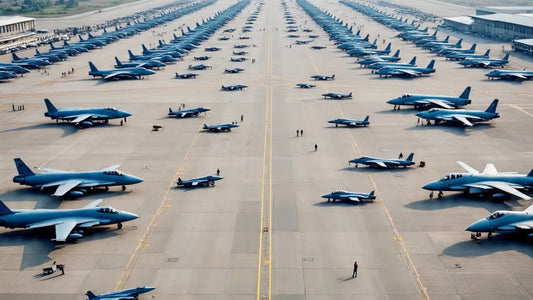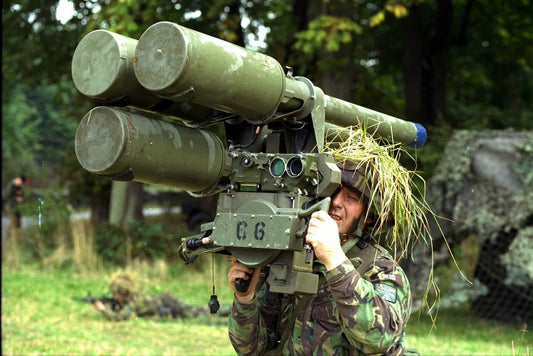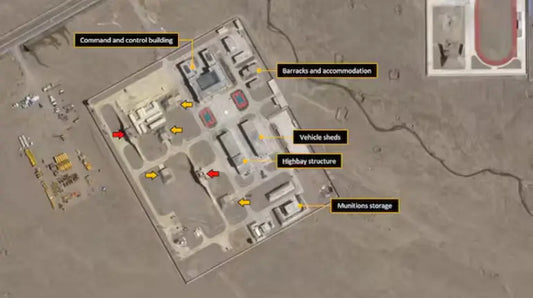Becoming a MARCOS Commando: Eligibility, Selection Process, and Training Explained

Joining the ranks of the Marine Commandos (MARCOS) in the Indian Navy is a goal that demands exceptional physical fitness and mental strength. Renowned for their unparalleled operational skills, MARCOS is responsible for missions such as counter-terrorism and hostage rescues. Understanding the path to becoming a MARCOS Commando, including the eligibility criteria, selection process, and training, is crucial for those aspiring to join this elite force, which plays a pivotal role in safeguarding national interests and responding to maritime threats.
Historical Context of MARCOS
Established in 1987, MARCOS was created in response to the growing complexity of maritime threats in India. In an era characterized by geopolitical tensions, piracy, and unconventional warfare, the Indian Navy identified the need for a specialized unit capable of executing covert operations both on land and at sea. Partially modeled after the US Navy SEALs, MARCOS was tasked with ensuring the Indian naval forces could effectively address unconventional warfare and crises. Over time, this elite unit has earned a strong reputation for decisive actions in high-stakes situations, significantly impacting India's maritime security strategy.
The Case for Aspirants: Why MARCOS?
Becoming part of MARCOS is more than a career choice; it represents a commitment to a greater cause. Commandos in this elite force undertake complex missions that often put them in harm's way. Members highlight the pride of belonging to such a distinguished group, epitomized by their motto, "The Few The Fearless," which reflects the exclusivity and formidable challenges of their duties.
While the initial salary of around ₹35,000 per month is appealing, many candidates are motivated by a sense of duty, adventure, and the opportunity to serve the nation in an extraordinary capacity.
Eligibility: Who Can Become a MARCOS Commando?
To pursue the challenging journey of becoming a MARCOS Commando, candidates must meet certain eligibility criteria. Only serving personnel of the Indian Navy, whether sailors or officers, can apply, ensuring candidates have a foundational level of maritime operational knowledge and experience. Generally, candidates should be in their early twenties to align with the physical demands of the selection process. Aspiring commandos must demonstrate outstanding physical health, agility, and mental fortitude, acting as an initial filter to screen out those unprepared for the challenges ahead.
The Selection Process: A Gauntlet of Trials
The selection process for MARCOS is notoriously stringent, with a dropout rate exceeding 80%, underscoring the challenges involved. The process is divided into several phases.
Phase 1: Pre-Selection and Initial Screening
Candidates undergo intensive physical fitness tests and aptitude assessments over three days, evaluating stamina, endurance, and psychological resilience. The tests include swimming, running, and bodyweight exercises, designed to assess physical capabilities and determination under pressure. Psychological assessments further ensure candidates' readiness for extreme conditions.
Phase 2: Selection Course
The next phase, often referred to as "Hell Week," is the most grueling part of the selection process. Inspired by the Navy SEALs, this week-long series of challenges tests endurance and teamwork, placing candidates in harrowing situations to evaluate their resolve and ability to function as a team under pressure.
Phase 3: Initial Qualification Training (Approximately 10 weeks)
After surviving "Hell Week," candidates enter a ten-week Initial Qualification Training, covering essential skills like weapons handling, close quarters battle techniques, parachuting, and combat diving. This includes a Basic Parachute Course lasting about three weeks at the Indian Army’s Parachute Training School in Agra, alongside underwater warfare techniques.
Phase 4: Advanced Training and Probation (Approximately 2 years)
Candidates then proceed to the Advanced Training Phase, lasting up to two years, which includes combat free-fall parachuting, clandestine operations, and amphibious warfare. Training takes place across diverse environments, such as deserts, jungles, and mountains, in facilities like High Altitude Warfare School in Sonamarg and Counter-Insurgency and Jungle Warfare School in Mizoram.
Training Environment: INS Abhimanyu
INS Abhimanyu serves as the main training facility for MARCOS, offering advanced resources for comprehensive land, sea, and underwater training. MARCOS also engage in joint exercises with the Indian Army’s Para Special Forces, promoting camaraderie and cross-training. Even after initial and advanced training phases, commandos continuously refine their skills in specialized areas such as underwater demolitions and counter-terrorism tactics.
Facts & Figures: Consolidating the Knowledge
| Aspect | Details |
|---|---|
| Eligibility | Indian Navy member, early 20s, volunteer |
| Selection Phases | Pre-selection → Hell Week → Qualification → Advanced Training |
| Training Duration | Initial 7-8 months + ~2 years advanced training |
| Training Locations | INS Abhimanyu, Indian Army schools (Agra, Sonamarg, Mizoram, etc.) |
| Training Includes | CQB, weapons, close combat, parachuting, diving, EOD, mountain/wilderness warfare |
| Dropout Rate | Over 80% |
| Initial Salary | ~₹35,000/month + allowances |
| Founded | 1987 |
| Motto | "The Few The Fearless" |
Challenges Faced by Aspiring Commandos
Joining MARCOS presents numerous challenges beyond the initial selection phase. The training environment itself imposes significant physical strain and necessitates effective mental health management strategies to counteract the stress commandos will face. The risk of burnout is real, potentially affecting performance and wellbeing. Developing resilience through rigorous training, peer support, and professional mental health resources is crucial for enduring the psychological pressures of the job.
Future Trends: The Evolution of MARCOS
As global threats evolve, so will the role and capabilities of MARCOS. The rise of cyber threats and asymmetric warfare has prompted the unit to incorporate technology and intelligence more comprehensively into their operations. Future commandos may see enhanced tools for surveillance and reconnaissance, emphasizing information warfare alongside traditional combat skills. Participating in exercises with allied nations could further enhance operational effectiveness, introducing lessons from advanced military practices globally.
Conclusion
Becoming a MARCOS Commando is a test of character, resilience, and a steadfast commitment to service. The journey involves overcoming rigorous selection trials, extensive training, and continuous personal development. As the world changes rapidly, the importance of elite units like MARCOS will only grow. For those willing to accept its challenges, the rewards extend beyond financial gains—they include the honor of serving in a prestigious role and contributing significantly to national security.
For individuals interested in pursuing this path, ongoing self-improvement, rigorous training, and mental fortitude are essential. Reputable resources such as SSBCrack and SSBCrackExams offer invaluable guidance and preparatory materials, providing support at every step in this demanding yet rewarding journey. Aspiring commandos must remember: to be a MARCOS Commando is not just about being one of the few; it is about embodying the fearless spirit that defines this elite group.



















